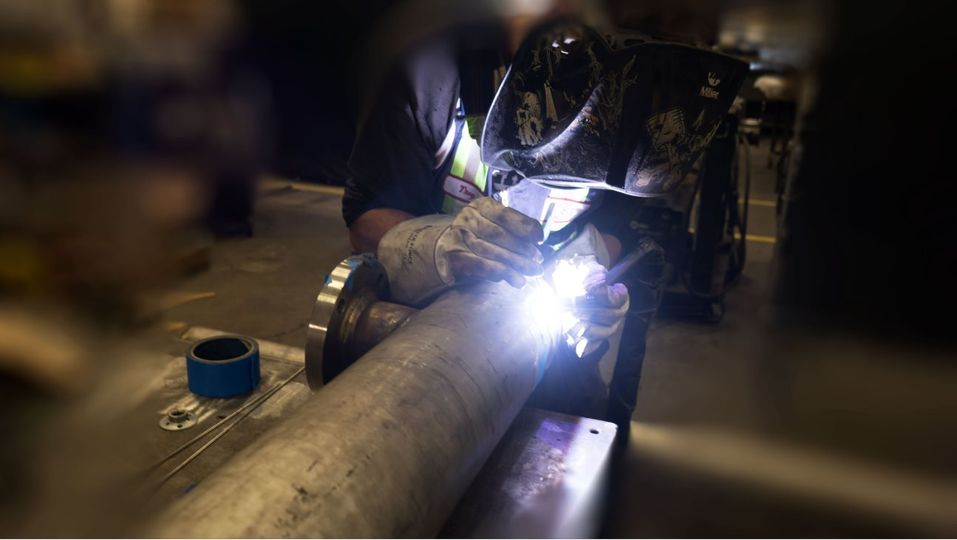Tube welding is a procedure used to join parts in metal pipes; Its most important characteristic is the use of a torch in which a tungsten electrode is generally inserted, protected by gas, which can fuse the parts to be welded.
Direct impact on safety and quality
Tube welding has been used for several decades in different projects: from private facilities to nuclear, thermal, or petrochemical plants. Because of this, the effectiveness of pipe welding directly affects the safety of personnel and the quality level of the products or supplies they transport; using different methods and machinery, and technological developments to create pipes has given rise to a set of operations that, starting from individual lines, can make operational tubes that support different systems and projects.
Tube welding can be done both in workshops and outdoors and can be a manual or automated process. However, current demands and the growing demand for new equipment (characterized by its speed, precision, and low cost) have driven automated methods.
Types of pipe welding
There are different processes and procedures for pipe welding, among the most used are:
MIG / MAG welding
This type of welding uses a continuous wire feed as the electrode and an inert (or semi-inert) gas mixture to protect the weld. It is suitable for joining mild steel, stainless steel, and aluminum. The acronym MIG stands for “Metal Inert Gas” (Metal Inert Gas), while the acronym MAG stands for “Metallic Active Gas” (Metal Active Gas); in both cases, they are known as GMAW welding or “Gas and Metal Arc Welding” (Gas Metal Arc Welding). MIG welding is used to weld aluminum or stainless steel, while MAG welding is used for welding conventional steel.
MMA welding
MMA welding or “Manual Metal Arc” (Manual Metal Arc), is a type of manual welding, which is used with coated electrodes and does not use a shielding gas; it is generally the most commonly used technique and is ideal for apprentices or professionals just starting in metal welding. The name SMAW is also used, which stands for “Shielded metal arc welding.”
Gas welding
They carried this type of welding out based on the combustion of acetylene; uses a type of gas as fuel to produce heat. This type of welding is the most used for the repair of metallic materials, such as copper and aluminum; it has the advantage of being less expensive and requires lighter equipment (which is easy to move); however, its disadvantage is that it requires a certain period to dry. This type of welding is used to repair domestic pipes, which is why it is widely used in plumbing.
Orbital welding
As we saw in our previous article, orbital welding is an automated method where cylindrical elements are welded together in a circular manner or fixed somewhere (as is the case with tubes). This type of welding is used in tiny spaces due to the ease with which it allows two pieces to be joined together; it is also used when working with materials of non-conventional shapes, allowing welding and metal construction in the same way. One of the major advantages of this method is that as it is a programmable process, it will enable to work regularly in the same process, obtaining the same results in all operations and having higher quality and precision standards due to the use of automated equipment.
What do you think about this topic? Did you know about pipe welding?
If you want more information about our products and services, you can contact us or write your query below (comments section).
